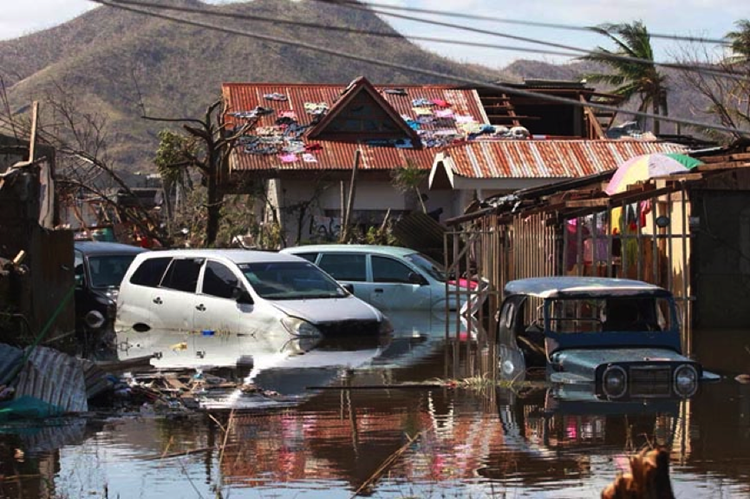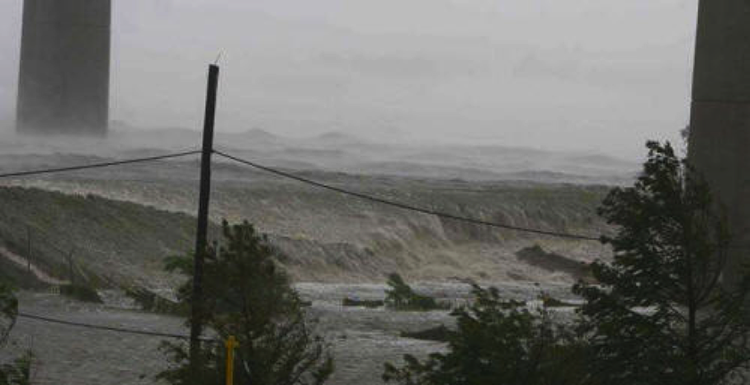Module 12: Emergency Management Cycle for Coastal Hazards
Introduction
We have demonstrated in previous modules just how destructive coastal hazards like storm surges and tsunamis can be. In Module 11 we focused on the vulnerability of coastal communities around the world to tsunamis and storm surges. In Module 12 we will explore the four stages of the emergency management cycle – mitigation, preparedness, response, and recovery – and examine policies related to tsunami and storm surge impacts.
Ever-greater numbers of people are migrating to coastal areas, thereby increasing exposure to these hazards. Consider these statistics – from Gaul, 2019.
- Population: In 1940 the population of the Atlantic and Gulf coasts of the U.S. was 16 million. In 2017, it was 70 million. That is more than a four-fold increase (Gaul, 2019).
- The costs of hurricane damage have escalated over recent decades as population density has increased along the coastlines of the U.S. In the past 20 years, coastal storms have cost $750 billion in damages. This is a six-fold increase from the prior two decades (Gaul, 2019).
- Seventeen of the most expensive hurricanes occurred since 2000.
- A warming ocean is fueling more intense storms, which in turn is leading to greater costs in terms of damage and human suffering.
These trends are likely to continue into the future. So the problems we have witnessed in our favorite coastal cities along the U.S. coastline in the past couple of decades are likely to increase in magnitude as the oceans warm and rise and the population of coastal cities continues to grow.
Meanwhile, over half of the United States' economic productivity is centered in the coastal zones, and almost all of these areas are vulnerable to storm surge or tsunami. Airports, too, are vulnerable: the U.S. National Climate Assessment reports that 12 of the 47 largest airports in the United States are vulnerable to storm surge hazards. During Superstorm Sandy, all three major New York area airports – LaGuardia, JFK, and Newark, NJ – experienced storm surges of up to 14 feet. The Pentagon is also well aware of the threat of sea level rise. The Naval Station in Norfolk, Virginia floods over ten times a year, a trend that will certainly get worse.
Sound coastal emergency management policies can reduce the vulnerability of residents to coastal hazards. In the case of tsunami policy, the United States is a world leader, with the nation’s public policy initiatives significantly reducing tsunami vulnerability in the United States and across the world. Coastal communities around the U.S. have recently experienced frequent and devastating flooding from storm surge. Policy addressing vulnerability to this type of coastal hazard may not be keeping pace with the climate factors behind these events. We will consider this dilemma in Module 12, among other policy questions.
After exploring the stages of the emergency management cycle, we will visit several case studies to better understand how the emergency management cycle works in real examples and to determine how policies may be improved as the threat of coastal hazards and disasters increase.


